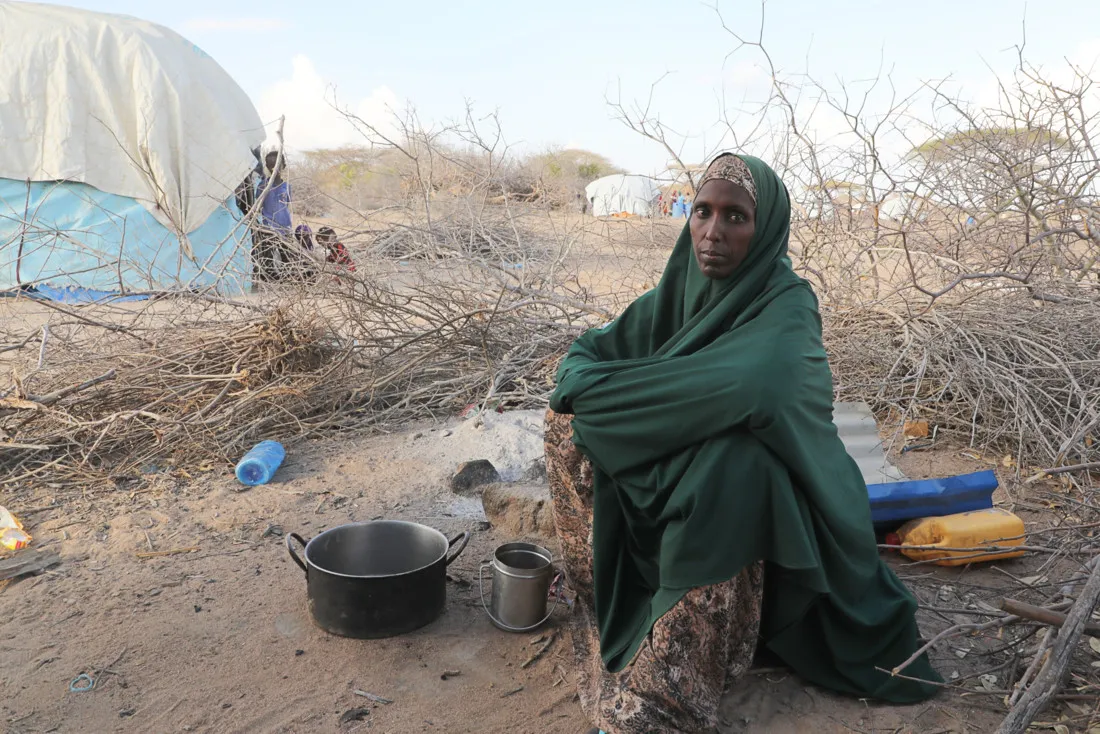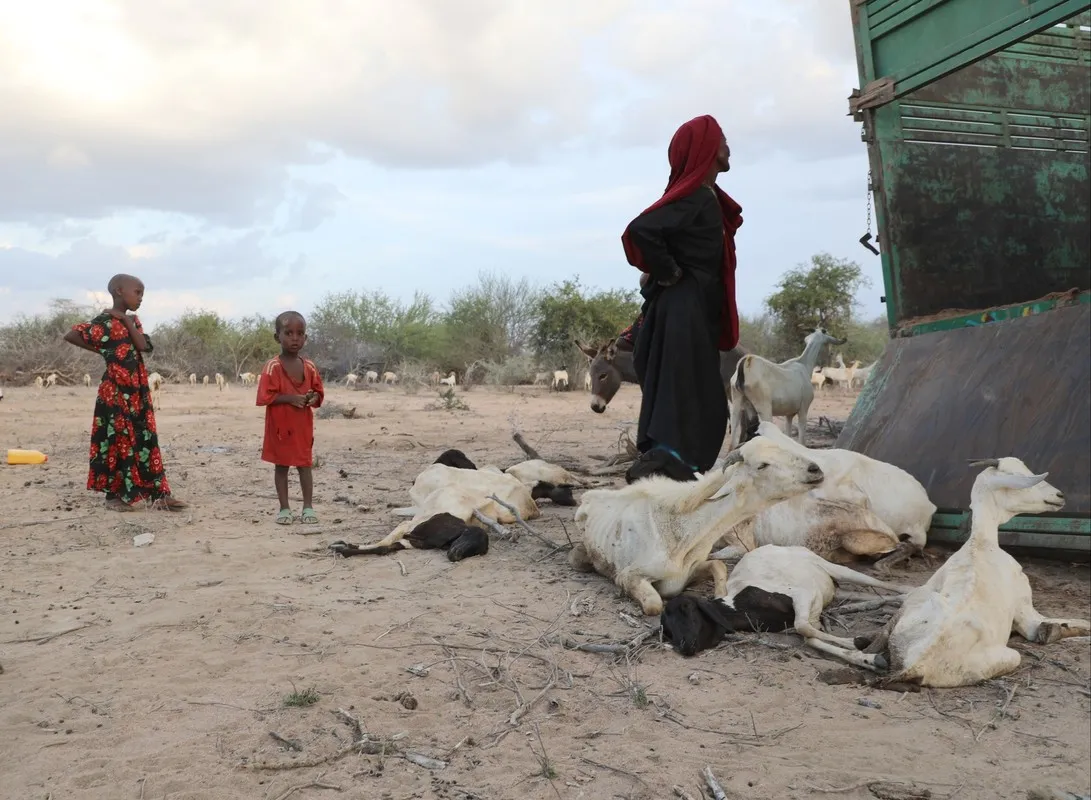About the crisis in Somalia
A cycle of drought and floods has brought Somalia to the brink of famine
An estimated 6.9 million people – nearly two out of five Somalis – need humanitarian support and 4 million people – 21% of the population – are faced with severe food shortages in the country. The 2020-2023 drought, considered the most severe in four decades, brought the country to the brink of famine resulting in an estimated 43,000 deaths. The drought was followed by heavy flooding caused by the Deyr rainy season exacerbated by El Niño from October to December was the worst seen in decades, contributing to the worsening humanitarian situation.
Somalia’s population is battered by climate extremes, with the worst drought in decades followed by the most extensive floods in generations within just a few months. Following four consecutive failed rainfall seasons, floods affected more than 2.5 million people, inundating over 1.5 million hectares of farmland. The floods damaged or destroyed critical water, sanitation, health, education, and logistics infrastructure, threatening to reverse modest gains from infrastructure investments in previous years.
Climatic shocks and conflict displaced a record 2.9 million people in 2023 alone. Many people who fled their homes – 2.3 million, or 75% of the population – were displaced by climate shocks. Women and girls are the majority of the displaced population, and this has exposed them to increased risks of abuse.


